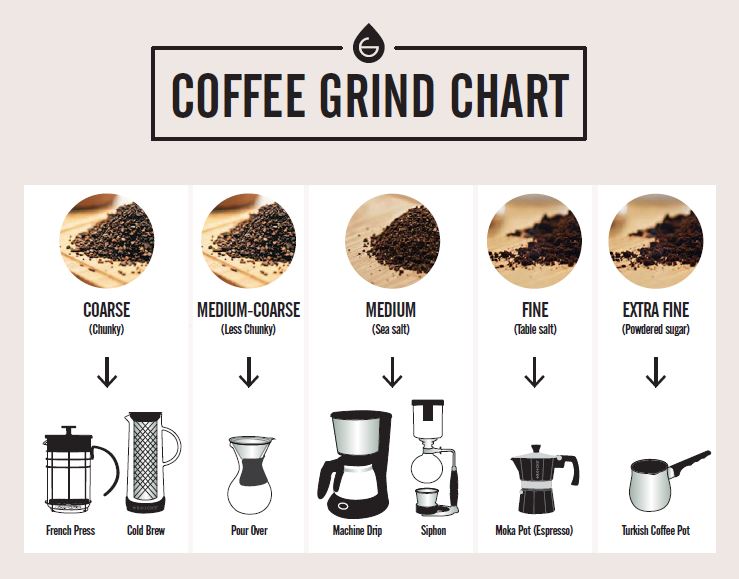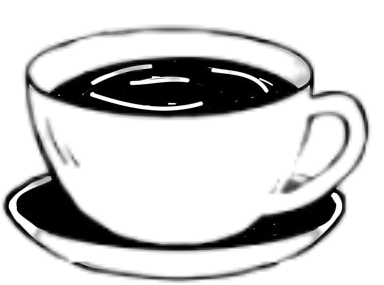Making the perfect espresso at home hinges on finding the right grind size. The grind is the foundation of your espresso shot and has a direct impact on its taste, aroma, and consistency. If your espresso tastes too sour, overly bitter, or lacks consistency, adjusting the grind size could be the key to improving your shot. Discover the innovative features in the DeLonghi Magnifica Evo review
In this guide, we’ll explore the importance of grind size, how to determine the ideal grind for your espresso machine, and offer expert tips to help you perfect your espresso-making technique. Learn about the timeless design in the DeLonghi Magnifica S review
How Grind Size Affects Espresso Extraction
Grind size plays a crucial role in how water interacts with coffee grounds during espresso extraction. Extraction is the process by which water dissolves flavors from the coffee beans. The grind size directly influences the efficiency and quality of this process. Explore our top picks in the Best Automatic Espresso Machine review
Too Coarse: A Weak and Sour Espresso
If the grind is too coarse, water flows through the coffee grounds too quickly, resulting in under-extraction. The coffee’s rich flavors are not fully extracted, leading to a weak, sour espresso that lacks depth. Find the perfect machine to beat the heat in the Best Iced Coffee Maker review
Too Fine: A Bitter and Overpowering Espresso
On the other hand, a grind that is too fine makes it difficult for water to flow through the grounds. This causes over-extraction, pulling out too many compounds from the coffee, leading to a bitter and overpowering flavor. Dive into the best options for making lattes in the Best Latte Maker review

Finding the Perfect Grind for Your Espresso Machine
Espresso brewing typically requires a fine grind, similar to fine beach sand. It should be finer than table salt but not as powdery as flour. When you rub the grounds between your fingers, they should feel smooth with a slight grit.
Using a Burr Grinder for Consistent Results
For consistent grind size, a burr grinder is the best tool. Unlike blade grinders, which create uneven, jagged particles, burr grinders crush the beans evenly between two surfaces. This uniformity is essential for even extraction, ensuring a balanced and flavorful espresso.
Blade grinders tend to produce inconsistent grounds, leading to unpredictable extraction results. A burr grinder allows you to adjust the grind size precisely, ensuring it suits your espresso machine’s specific needs.
How to Fine-Tune Your Grind for the Best Espresso
Each espresso machine has its own characteristics, and achieving the perfect grind size may require some experimentation. A useful rule of thumb is to monitor your shot timing:
- Under 20 seconds: The grind is too coarse.
- Over 30 seconds: The grind is too fine.
- 25-30 seconds: This is the ideal time for a balanced shot.
Achieving a brew time within this 25-30 second range typically results in an espresso that is rich, flavorful, and balanced between sweetness and bitterness.
Adjusting Grind Size for Different Beans and Roasts
The grind size you use may need to be adjusted depending on the type of coffee beans and their roast levels:
- Dark Roasts: Typically require a finer grind to extract their rich, bold flavors and chocolatey undertones.
- Light Roasts: Benefit from a slightly coarser grind, which helps highlight their bright, fruity, and floral notes.
Experimenting with grind size based on the specific beans you’re using will help you achieve the ideal shot for each roast profile.
Best Practices for Consistent Grinding
Consistency in espresso making involves more than just selecting the right grind size. Follow these best practices for the best results:
Use Fresh Beans: Freshness is key when it comes to brewing espresso. Coffee beans lose their flavor quickly after roasting, so it’s best to use them within two weeks for optimal taste. Fresh beans lead to better crema, a stronger aroma, and a richer flavor.
Weigh Your Coffee Grounds: To ensure consistency, always measure your coffee grounds with a scale. For a standard double shot of espresso, aim for 18-20 grams of coffee.
Tamp Evenly: Tamping is essential for uniform extraction. Use firm, even pressure (about 30 pounds of force) to create a level puck. An uneven tamp can cause channeling, where water flows unevenly through the grounds.
Grind Just Before Brewing: Grind your coffee beans immediately before brewing for the freshest taste. Pre-ground coffee loses flavor rapidly, so avoid grinding in advance.
Experimenting with Grind Size for a Better Espresso
Your ideal grind size ultimately depends on your personal taste. Here’s what you might observe:
- Finer Grinds: Tend to produce a richer, deeper flavor, especially with darker roasts.
- Slightly Coarser Grinds: Highlight the bright, fruity notes in lighter roasts, resulting in a more delicate cup.
Making small adjustments and observing the resulting flavors will help you find the grind size that suits your preferences.
Common Grind Mistakes to Avoid
As you refine your grind, avoid these common errors that can affect your espresso quality:
Grinding Too Early: Ground coffee loses flavor quickly. Always grind just the amount you need for each shot.
Using a Blade Grinder: Blade grinders often result in uneven grounds, leading to inconsistent extraction. A burr grinder ensures better results.
Neglecting Grinder Maintenance: Regularly clean your grinder (every 1-2 weeks) to prevent coffee oils and residues from building up, which can impact flavor.
Ignoring Roast Dates: Stale beans can’t be improved by grinding. Always check roast dates and use beans within two weeks of roasting for the best flavor.
Troubleshooting Grind-Related Issues
If your espresso isn't quite right, try these troubleshooting tips:
Sour, Weak Espresso: Your grind is too coarse. Try making it slightly finer.
Bitter, Overpowering Espresso: The grind is too fine. Adjust to a coarser setting.
Inconsistent Flow: If the espresso flows too quickly, the grind is too coarse; if it’s dripping slowly, the grind is too fine. Aim for a smooth, consistent flow.

Final Thoughts: Perfecting Your Grind for Espresso at Home
Grind size is a fundamental factor in brewing excellent espresso at home. While it may take some trial and error to find the perfect grind for your machine, the results are worth it. By using fresh beans, investing in a burr grinder, and adjusting your grind size based on your taste preferences and the type of beans you’re using, you can consistently enjoy café-quality espresso from the comfort of your own home.
Espresso-making is both an art and a science, so with practice and patience, you’ll soon be brewing perfect shots that rival your favorite coffee shop’s.
Frequently Asked Questions About Espresso Grind Size
Q: What type of grinder is best for espresso?
A: A burr grinder is the best choice because it provides consistent particle size, essential for even extraction.
Q: How can I tell if my grind is too coarse or too fine?
A: If your shot brews too quickly (under 20 seconds), the grind is too coarse. If it takes over 30 seconds, it’s too fine. Aim for a brew time of 25-30 seconds.
Q: Can I use pre-ground coffee?
A: Pre-ground coffee loses freshness quickly and may not work well with your machine. It’s best to grind fresh before brewing.
Q: How often should I clean my grinder?
A: Clean your grinder every 1-2 weeks to maintain performance and preserve flavor.
Q: Should grind size differ for dark vs. light roasts?
A: Yes, dark roasts typically require a finer grind, while light roasts benefit from a slightly coarser grind to enhance their bright, nuanced flavors.
